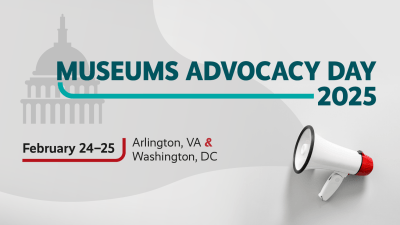
Clarke’s Third Law: Any sufficiently advanced technology is indistinguishable from magic.
—Arthur C. Clarke, “Profiles of The Future”, 1961
Today’s recommendation: read this interview for Big Think in which Dr. Michio Kaku talks about “the difference between ideas that are beyond our technical capabilities today but will be available within the next century, ideas that will be doable 1000 years from now, and ideas that violate the known laws of physics.” “Surprisingly,” he observes, “very little falls into the third category.” Most of what we see in science fiction is possible within the next 100 years.
Kaku’s talk illustrates the principle depicted in my favorite futurist diagram: the Cone of Plausibility.
The boundaries of what is plausible/possible expand outward over time. Hand-held mobile technology—which would have seemed magical a hundred years ago—is now ubiquitous. “Stargate” technology is science fiction now—but maybe our great grandchildren will step through a gate to a different universe in 2100.
So, when doing forecasting and scenario development for your museum’s planning process, question assumptions. Don’t be too quick to dismiss a new technology as “impossible.” Ask, “does this violate the laws of the known universe?” And, if not, ask instead “when will it be possible?”









Comments